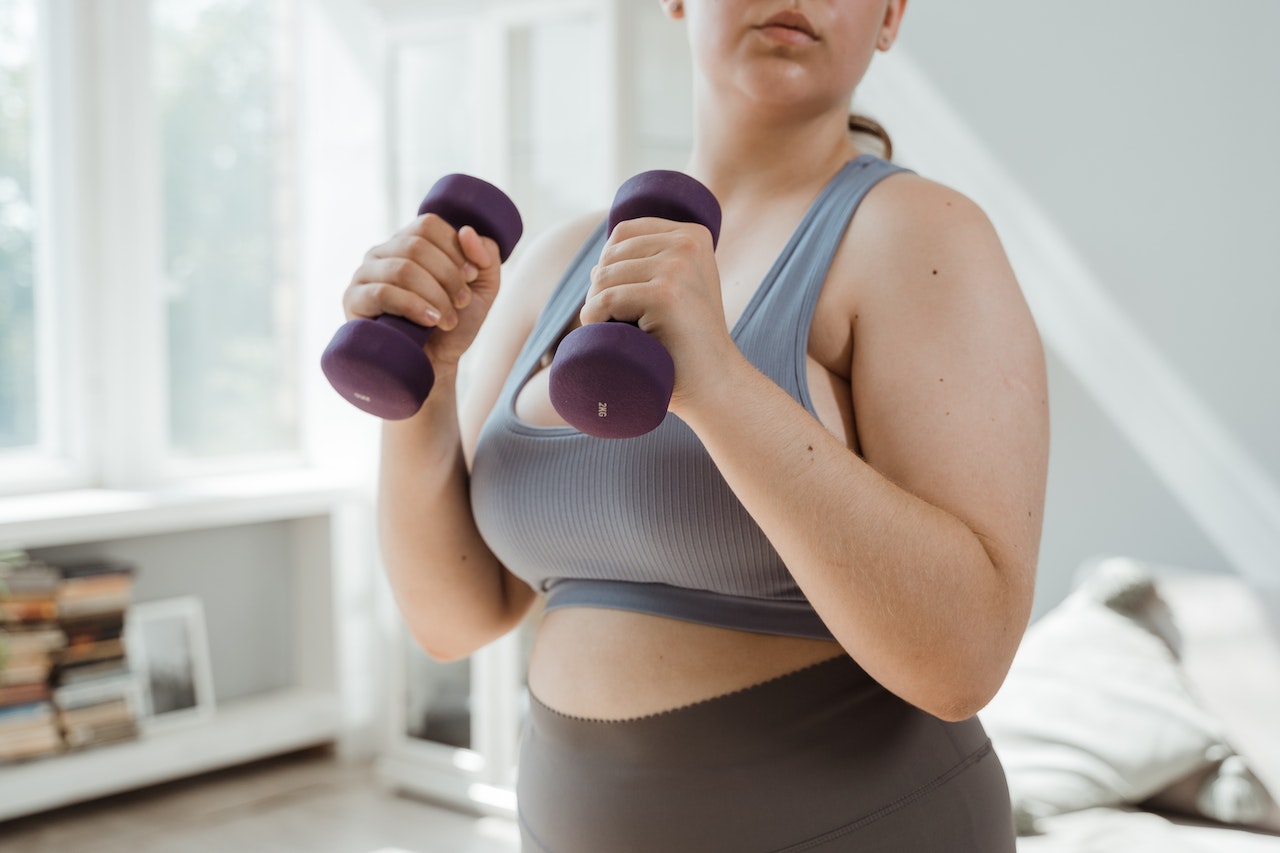
First, let’s start with the difference between weight loss and fat loss. While they are similar and some people do use them interchangeably, they are in fact different.
Weight loss refers to a change in body weight from water, muscle or fat. Think about how your body weight fluctuates day to day. Your daily weight can fluctuate from a number of different things including water intake, sodium intake or where a woman is in her cycle. These daily weight fluctuates are not solely from fat.
Fat loss refers to a change in body weight from fat. Most people are looking for fat loss, they don’t want to lose muscle. This is why I will be using the term fat loss instead of weight loss.
Now that we know the difference between weight loss and fat loss, let’s dive into my 5 tips for fat loss.
1. Actually be in a calorie deficit.
You will not lose fat if you’re not in a calorie deficit and just because you’re on a diet doesn’t mean you’re actually in a calorie deficit. You can do the keto diet and still gain fat. You might not be eating carbs but you might be eating more calories than your body needs (calorie surplus) and gaining fat. I recommend tracking your weight everyday for 2-4 weeks and look at the overall trend of your weight. Is it going up, maintaining or going down? If your weight is going down over the time period you’re in a calorie deficit. Don’t just look at your weight day to day. Look at the overall trend.
2. Focus on nutrient-dense foods.
I like to think of food as nutrient-dense or calorie-dense. Nutrient-dense foods are going to be foods like salmon, chicken breasts, greek yogurt or fruit/vegetables. These foods are going to be lower in calories and higher in nutrients. Calorie-dense foods are going to be foods like sweets/desserts. These foods are higher in calories but low in nutrients. When fat loss is the goal you will want to focus on nutrient-dense foods because they will give you more bang for your buck. Of course, for diet adherence, there should be a little room for your favorite calorie-dense foods but they should only make up 10-20% of your diet.
3. Get enough sleep.
Not getting enough sleep can lead to eating more calories throughout the day and making poor decisions when it comes to foods. Studies show that people who are sleep deprived eat more calories, choose more calorie dense foods throughout the day and snack more. So getting enough sleep will help you stick to your calories and make better food choices which will help to make losing fat easier. Aim for 7-9 hours of sleep each night. Even on the weekends.
4. My fourth tip is to pay attention to liquid calories.
Liquid calories can add up really quickly. If you drink soda, juices or alcohol often you should pay attention to those calories. I would also be mindful of smoothies. Even though smoothies are seen as healthy, they can be high in calories. Healthy calories are still calories and need to be counted for.
5. My fifth tip is to remember that fat loss isn’t linear.
You won’t lose fat every day and the scale will fluctuate. You will also have plateaus. Those things are normal and should be expected. Don’t give up. Keep going. Focus on the overall trend of your weight over a long period of time. If your weight is making a downward trend over the course of a month then that’s a good indication that you are indeed in a calorie deficit but if your weight is making an upward trend (you’re gaining weight) then that’s a good indication that you’re in a calorie surplus (eating more calories than your body expends).
As you head into your fat loss phase I hope you keep these 5 tips in mind and remember that being in a fat loss phase shouldn’t be your forever goal.



